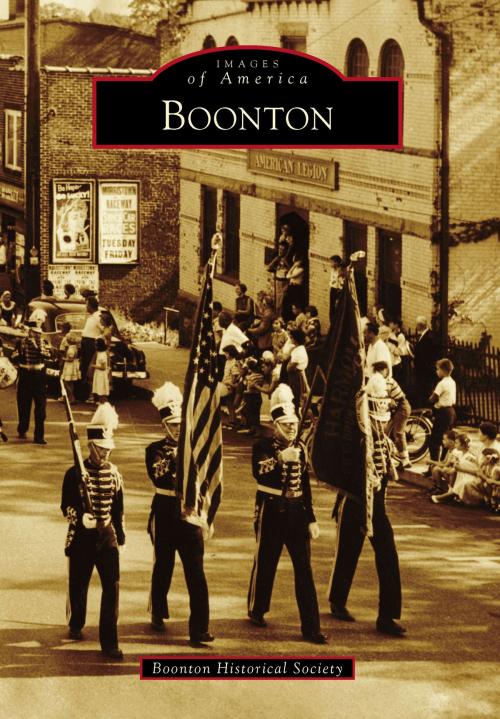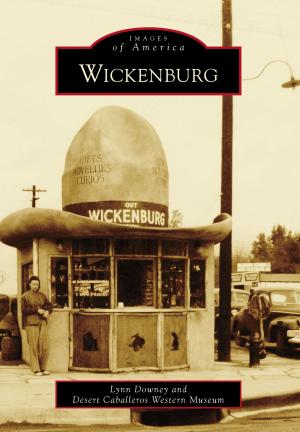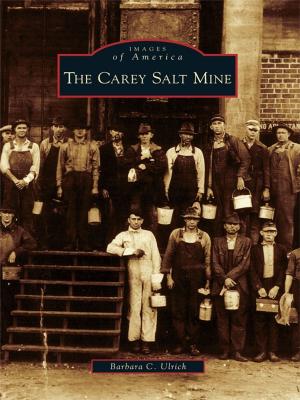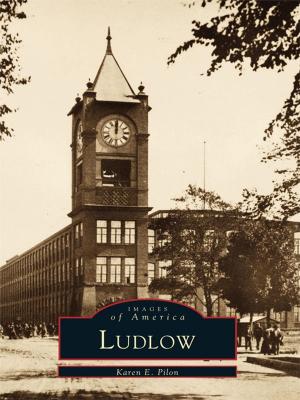| Author: | Boonton Historical Society | ISBN: | 9781439659434 |
| Publisher: | Arcadia Publishing Inc. | Publication: | February 13, 2017 |
| Imprint: | Arcadia Publishing | Language: | English |
| Author: | Boonton Historical Society |
| ISBN: | 9781439659434 |
| Publisher: | Arcadia Publishing Inc. |
| Publication: | February 13, 2017 |
| Imprint: | Arcadia Publishing |
| Language: | English |
Boonton's origins date back to 1747 with the forgotten village of Old Boonton, the remains of which now lie under the Jersey City Reservoir. Distinguished for its iron forges and mills, Old Boonton owed its existence primarily to the waterpower provided by the Rockaway River. The building of the Morris Canal in 1825, which bypassed Old Boonton and caused its decline, was the driving force in the development of the current town of Boonton 1.5 miles upriver. In 1830, the New Jersey Iron Company selected this site for a new ironworks and imported machinery and workers from England, who brought with them their families and religions. Soon, homes, churches, and schools were built, and a town developed. As the years passed, Boonton evolved from a single-industry town into what it is today, an established community with an abundance of park lands, historic homes, and a thriving main street business district.
Boonton's origins date back to 1747 with the forgotten village of Old Boonton, the remains of which now lie under the Jersey City Reservoir. Distinguished for its iron forges and mills, Old Boonton owed its existence primarily to the waterpower provided by the Rockaway River. The building of the Morris Canal in 1825, which bypassed Old Boonton and caused its decline, was the driving force in the development of the current town of Boonton 1.5 miles upriver. In 1830, the New Jersey Iron Company selected this site for a new ironworks and imported machinery and workers from England, who brought with them their families and religions. Soon, homes, churches, and schools were built, and a town developed. As the years passed, Boonton evolved from a single-industry town into what it is today, an established community with an abundance of park lands, historic homes, and a thriving main street business district.















